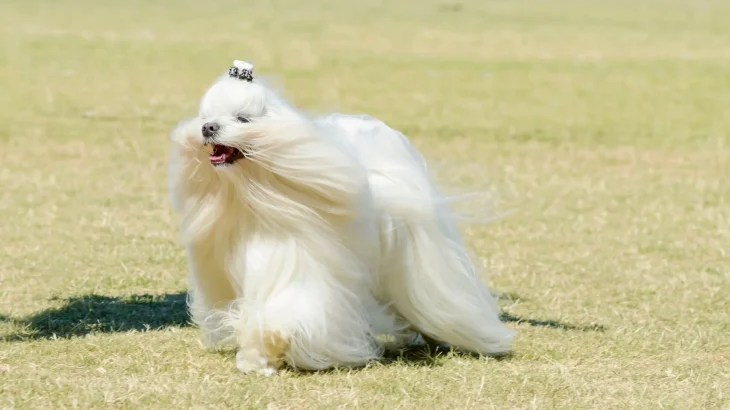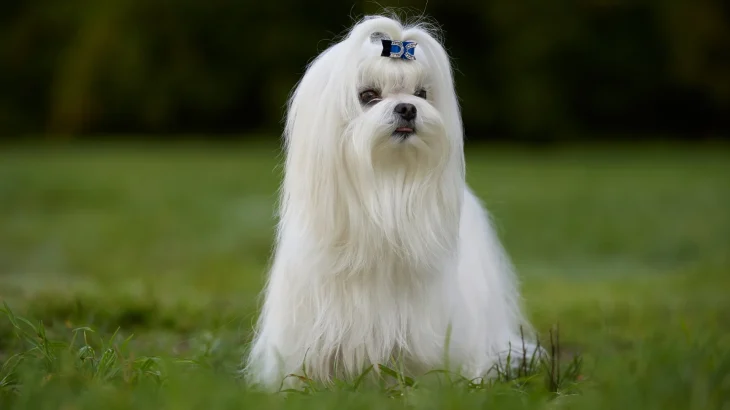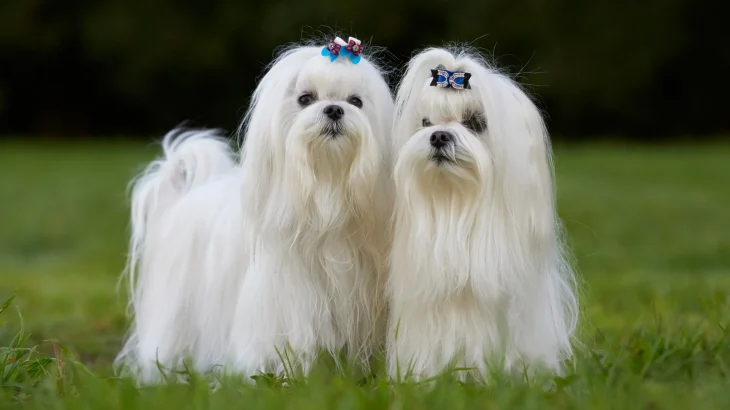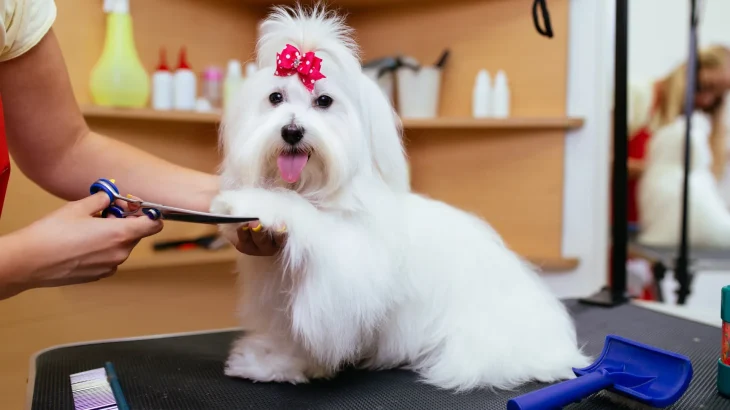When deciding whether to bring a Maltese puppy into your home, you can either adopt or purchase from a breeder. Adoption can be a more ethical choice, often giving a home to a dog in need, while purchasing from a reputable breeder typically offers transparency on health history and pedigree.
Adoption vs. Breeder: Pros & Cons
| Criteria | Buying from Breeder | Adopting from Shelter/Rescue |
|---|---|---|
| Cost | Higher initial cost due to purity and breeder expenses. | Lower adoption fees, often includes basic health services. |
| Health History | Detailed health screening including tests for common Maltese issues. | Health history may be incomplete; basic vet checks typically provided. |
| Age Availability | Primarily puppies, allowing early bonding and training. | Usually adult dogs; puppies less common in rescues. |
| Temperament Insight | Breeders can provide info based on lineage temperament. | Temperament assessed by rescue staff based on observed behavior. |
| Supporting Practices | Supports responsible breeding if breeder is ethical. | Supports animal welfare by giving a home to a dog in need. |
| Ethical Considerations | Risk of unethical breeding exists; choose carefully. | Ethical choice to reduce demand for puppy mills and shelters' population. |




















































